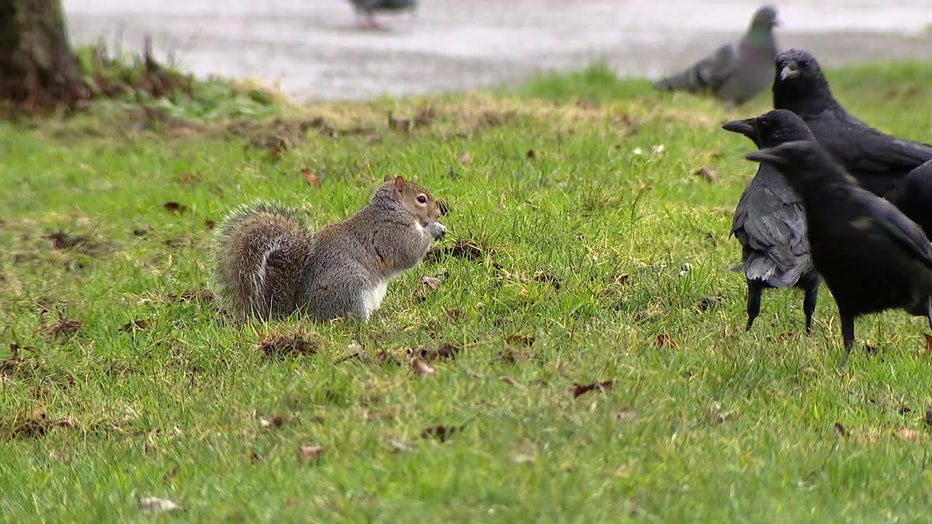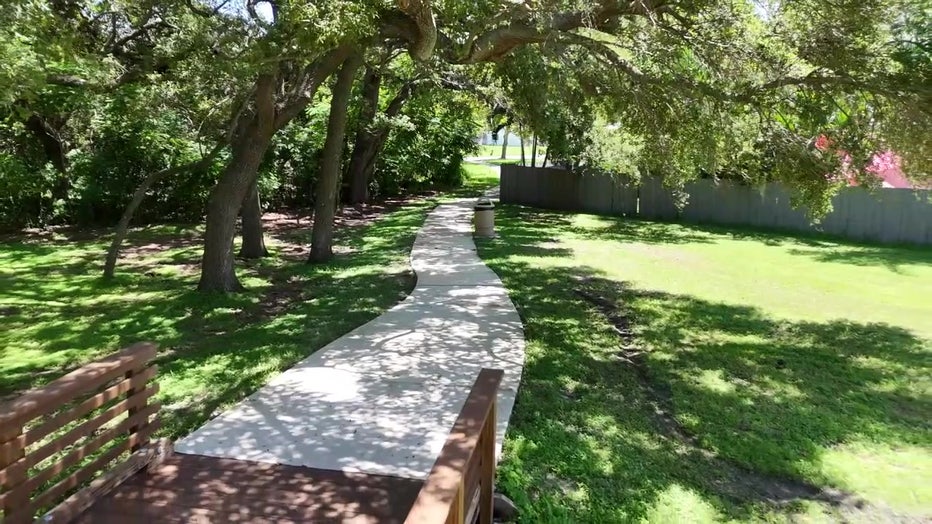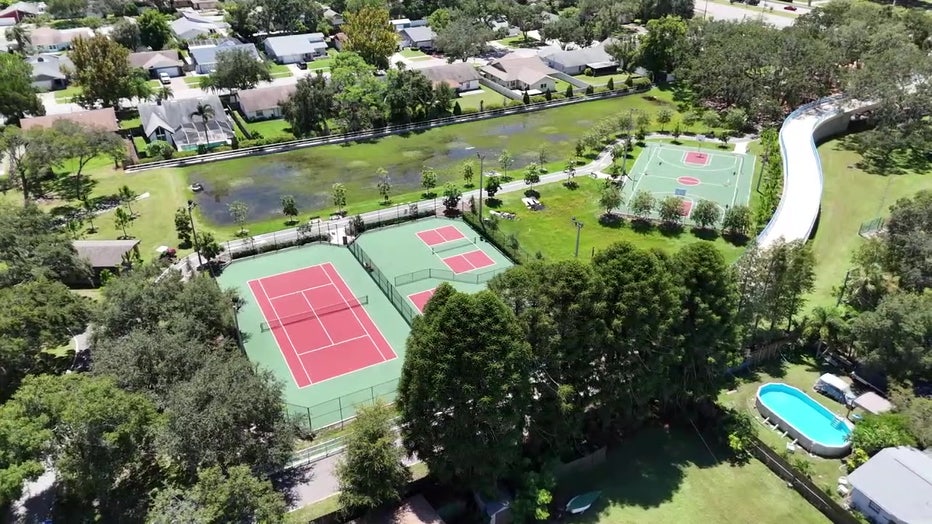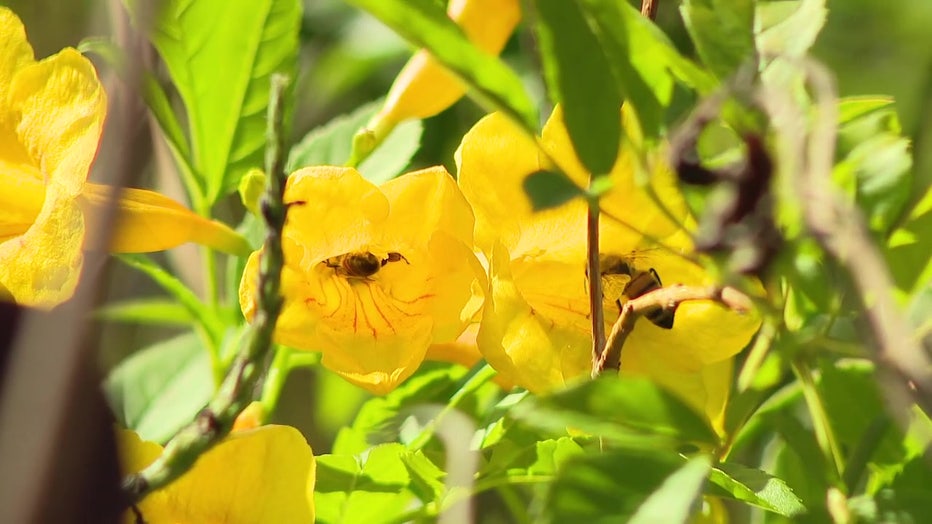UF researchers: How urban green spaces can be designed to benefit humans, wildlife
GAINESVILLE, Fla. - University of Florida researchers studied how urban green spaces can be designed in a way to benefit both humans and wildlife.
"Generally, parks and nature preserves. Something that has a playground and some woods is considered an urban green space," said Corey T. Callaghan, an assistant professor of global ecology at the University of Florida. "A boardwalk with some water where you can go and view the local alligators. That's an urban green space."
READ: Sen. Ashley Moody aims to roll back 60s-era citrus regulation as growers face mounting challenges
And it’s not just people who use these urban green spaces.

University of Florida researchers studied how urban green spaces can be designed in a way to benefit both humans and wildlife.
Dig deeper:
"One of the main takeaways from our study is really thinking about how, within an urban green space, how we can think about both people and biodiversity at the same time," said Callaghan, who is also a senior author of the study.
UF scientists looked at some 600 urban green spaces in Broward County. Their benefits to the physical and mental health of humans are well documented, and researchers have found pros for wildlife too.
"To some extent, these urban green spaces offer a very heterogeneous kind of habitat, right?" Callaghan said. "In one urban green space, you might have grasslands, water, forest, all these different kinds of microhabitats that actually lead to an increase in local biodiversity."

University of Florida researchers studied how urban green spaces can be designed in a way to benefit both humans and wildlife.
The other side:
However, sometimes these urban green spaces can conflict with the needs of wildlife, scientists found.
"There's only so much habitat that's in a city that is green that plants and animals can survive in," Callaghan added.

University of Florida researchers studied how urban green spaces can be designed in a way to benefit both humans and wildlife.
Big picture view:
This study – that UF researchers said is the first-of-its-kind – focused on balance: How can we design urban green spaces to serve both humans and wildlife? For example, can lights be installed in a way that promotes safety but also doesn’t disrupt nocturnal species? What if crews adjusted the parks’ mowing schedule?
MORE: USF St. Pete aims to convert nearly 3,000 pounds of food waste into compost weekly by next fall
"People generally like very aesthetically pleasing, nicely mowed grasses that kind of go along sidewalks. But taking some areas of a given urban green space and letting them grow more wild and maybe some weeds or native wildflowers come in, that can actually help bolster the pollinator diversity within that urban green space," Callaghan added.

University of Florida researchers studied how urban green spaces can be designed in a way to benefit both humans and wildlife.
Why you should care:
It’s food for thought for those who use these green spaces and those who design them.
"We're thinking about how we can kind of use this and get this information to the urban planners to help think about how urban design is conveyed within urban green spaces," Callaghan told FOX 13.
As part of this study, UF scientists utilized citizen science platforms, such as iNaturalist, where people who use these green spaces could submit pictures and observations of plants and animals.
The Source: The information in this story was gathered through an interview with Corey T. Callaghan, an assistant professor of global ecology at the University of Florida and a senior author on this study.
WATCH FOX 13 NEWS:
STAY CONNECTED WITH FOX 13 TAMPA:
- Download the FOX Local app for your smart TV
- Download FOX Local mobile app: Apple | Android
- Download the FOX 13 News app for breaking news alerts, latest headlines
- Download the SkyTower Radar app
- Sign up for FOX 13’s daily newsletter

